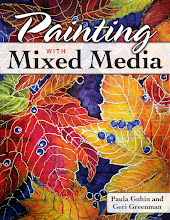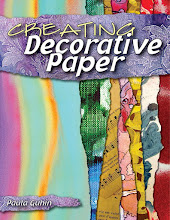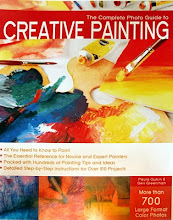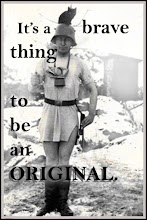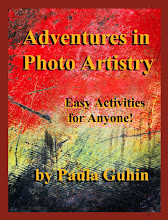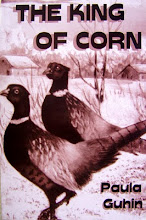A SHRINE ENTITLED
LOOSE IS THE GRASP
This found-object sculpture is not really a shadowbox, exactly, but I would call it an altered art assemblage.
 |
| I dipped fabric flowers in plaster to create the petals. |
The top arch (behind the flowers) is a metal soap dish. I applied a
patina to it.
 |
| Yes, plaster flowers are quite fragile, but I painted and sealed them. |
The housing was a clock at one time. Now it has a crackle finish. The doll hands did not go with the doll head.
The neck "ruffle" was a metal cog of some kind. Below that, 2 brownie or girl scout pins and a
The neck "ruffle" was a metal cog of some kind. Below that, 2 brownie or girl scout pins and a
coin, again with patina.
I repeated the arch, sort of, inside the box and behind
the big doll head, with another metal arch (latticed) and a painted porcelain medallion (the small head).
 |
| Thanks for viewing this post! |









